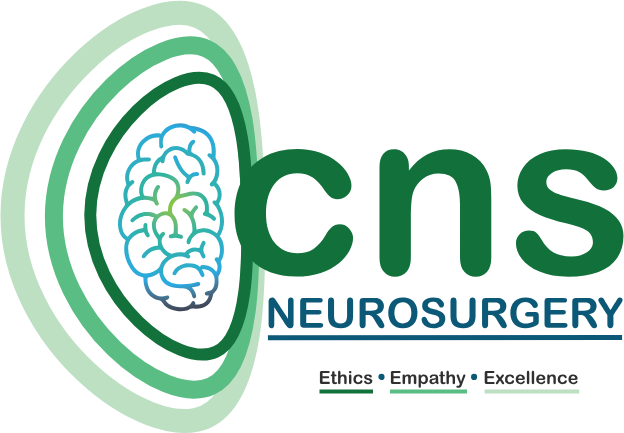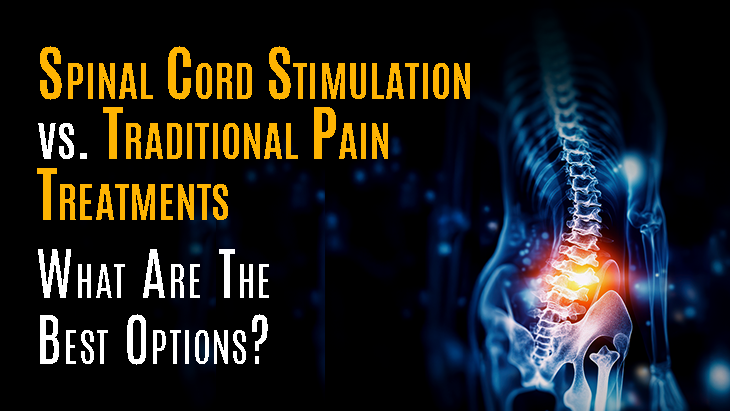Millions of people all around suffer with chronic pain, which seriously influences daily activities and quality of life. Managing chronic pain—back pain, neuropathic pain, or pain from nerve damage—can be a difficult task. Fortunately, developments in medical technology have stretched the field of treatment outside traditional approaches. Two well-known pain management techniques are spinal cord stimulation (SCS) and conventional pain treatments. Knowing the variations, advantages, and constraints of every helps patients and medical professionals make wise decisions catered to particular needs.
Understanding Chronic Pain and Its Effects
Usually defined as pain lasting more than three to six months, chronic pain often continues outside the normal healing period. Among the common causes are degenerative disc disease, failed back surgery syndrome, complicated regional pain syndrome, peripheral neuropathy, and arthritis. Effective management is absolutely vital since the constant character of chronic pain can cause physical disability, emotional stress, depression, and decreased productivity.
Conventional Pain Management: Traditional Techniques
Usually, traditional painkillers offer a range of choices ranging from conservative to more intrusive treatments. Often the first-line treatments are these ones and comprise:
1. Medications
- Mild to moderate pain and inflammation are lessened by over-the-counter (OTC) analgesics including acetaminophen and NSAIDs (ibuprofen, naproxen).
- Although they treat severe pain, prescription opioids carry side effects, tolerance, and addiction risks.
- By changing nerve signalling, adjuvient drugs including antidepressants and anticonvulsants can help control neuropathic pain.
2. Physical Therapy and Exercise
Programs of targeted physical therapy seek to increase flexibility, strengthen muscles, and lessen pain by movement. Additionally acting as natural painkillers, exercise can increase endorphin levels.
3. Interventions Procedure
- By lowering inflammation and so disrupting pain signals, nerve blocks and epidural steroid injections offer temporary relief.
- Heat is used in radiofrequency ablation to mess with nerve paths sending pain.
4. Surgery
Should structural problems such as herniated discs or spinal stenosis cause discomfort, surgical treatments could be advised. Surgery does, however, carry risks and might not always produce pain relief.
Limitations of Traditional Pain Treatments
Although many people find traditional treatments helpful, they have certain clear drawbacks:
Temporary solace:
- Temporary relief: Many interventions provide only temporary relief and call for repeated treatments.
- Side effects and complications: Medications can cause gastrointestinal problems, sedation, and dependence; surgeries run the danger of infection and nerve damage.
- Inadequate pain control: Some patients have ongoing pain even on intensive treatment, which is inadequate pain management.
- Effects on quality of life: Medication side effects and continuous pain can compromise general wellbeing.
These difficulties have spurred the creation and acceptance of other treatments including spinal cord stimulation.
What is Spinal Cord Stimulation?
Advanced, minimally invasive neuromodulation treatment spinal cord stimulation modulates pain signal transmission before they reach the brain, so managing chronic pain.
How Exactly Does It Work?
Usually under the skin in the abdomen or buttocks, a SCS system comprises of thin, flexible electrodes implanted in the epidural space close to the spinal cord and a small pulse generator (implantable device). The gadget sends mild electrical pulses to the spinal cord, which interfere with and block pain signals headed for the brain. Many times, patients experience a tingling sensation known as paraesthesia rather than pain.
Applicants for SCS
Typically, ideal candidates consist of those having:
- Syndrome related to failed back surgery
- Complicated regional pain syndrome, or CRPS
- Neuropathic pain unresponsive to standard therapies
- Ongoing arm or leg pain following nerve damage
Evaluating Conventional Treatments vs Spinal Cord Stimulation
1. Impact
The condition and degree will affect effectiveness. Many patients benefit from medications and physical therapy; some still have excruciating pain.
Studies of suitable candidates reveal that spinal cord stimulation can help to lower pain by 50–70%. It provides more long-lasting relief for cases of neuropathic and refractory pain.
2. Side Effects and Danger
Medications run the danger of dependency and systemic side effects; surgeries carry surgical complications.
Although lead migration, hardware malfunction, and infection are possible surgical complications for implantation, generally low and controllable are the outcomes. No systematic drug exposure exists.
3. Reversibility and Modificability
Medication plans may need ongoing changes; surgeries are permanent.
Patients can evaluate benefit by trialling the device before a permanent implantation. Programmable stimulation settings allow one to change non-invasively to maximise pain control.
4. Effect on Living Quality
Side effects or ongoing pain could compromise daily activities.
Many patients report better mobility, sleep, and general quality of life along with less dependency on opioids and other drugs.
5. Factors of Cost
Medications and procedures vary in cost, but repeat interventions can cause them to mount over time.
Although implantation has more upfront expenses, less medication use and fewer hospital visits will eventually help to save money.
Choosing the Correct Path: Factors to Consider
- Individual Suffering Condition: Not all pain responds equally to SCS. Unlike generalised or inflammatory pain, neuropathic and some spinal-related pain syndromes are more likely to benefit.
- Reaction to Earlier Treatments: When conventional treatments fall short in offering sufficient relief, SCS is sometimes taken under consideration.
- Health Status Some medical disorders might make surgery or device implantation inappropriate.
- Preferences and Lifestyle: The choice takes lifestyle factors including follow-up, device maintenance, and willingness to go through a trial.
- Consult with Specialists: Comprehensive review and recommendations can come from a multidisciplinary pain management team comprising surgeons, anaesthesiologists, and neurologists.
In Conclusion
Effective, safe, and patient preference balance is what chronic pain management calls for. Still the first line of protection are conventional painkillers including injections, physical therapy, and drugs. But spinal cord stimulation presents a creative substitute with good results when these choices fail or cause unacceptable side effects.
Often resulting in continuous relief and better quality of life, SCS’s capacity to control pain signals directly at the spinal cord offers a special mechanism of action. Although it is not appropriate for everyone, developments in surgical methods and technology mean that spinal cord stimulation is now a reasonable and useful choice for many people with chronic pain.
Struggling with chronic pain? Dr. Chirag Solanki can help you explore the best treatment options—whether spinal cord stimulation or conventional therapies. Schedule a consultation now for personalized care.

